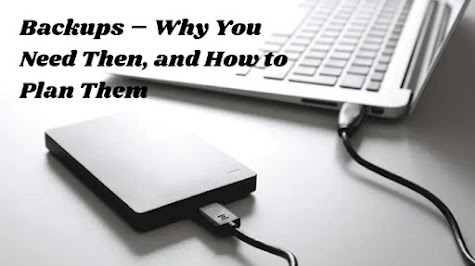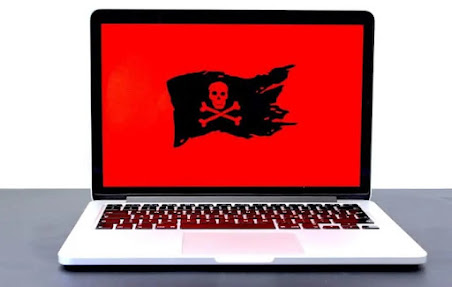How to Travel with Your Tech

Introduction: We have grown very dependent on our technology devices, so it’s natural to want to take them with us when we travel. However, traveling with phones, tablets, or laptop computers exposes them to more threats than normal including liquid and physical damage, theft, loss, and cyber attacks. Planes, cars, trains, and hotels are technology-hostile environments. The following recommendations are gleaned from millions of miles of business and personal travel as well as customer experiences. Liquid Damage: Don’t put a water bottle in the same backpack or carryon as your phone, tablet, or laptop computer. Seems obvious, but we see the consequences all the time. Water bottles are prone to leaking anyway, but on planes, the pressure changes significantly increase the probabilities. Don’t have drinks and your devices on airplane seatback trays at the same time. Turbulence or someone accidentally bumping into the seat or tray can cause liquid damage. Liquid spills caus




